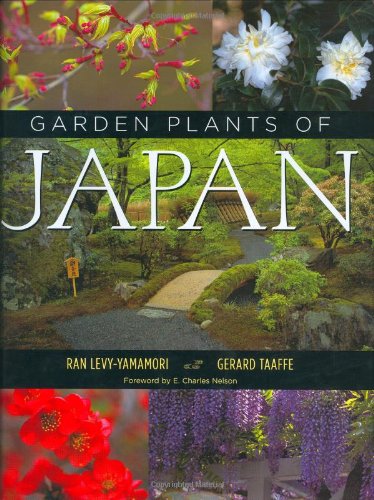 The four main islands of the Japanese archipelago stretch north to south at the same latitudes as from Portland, Oregon to northern shore of the Gulf of California. This range has given rise to a diverse flora including many species found nowhere else. If you include all the small islands, almost one-third of the 5,600 species found in Japan are endemic.
The four main islands of the Japanese archipelago stretch north to south at the same latitudes as from Portland, Oregon to northern shore of the Gulf of California. This range has given rise to a diverse flora including many species found nowhere else. If you include all the small islands, almost one-third of the 5,600 species found in Japan are endemic.
Unlike European and North American gardeners, the Japanese have historically relied heavily on their native plants for garden plantings. The focus of “Garden Plants of Japan” is on those plants of horticultural importance, including the development of many cultivars and hybrids. Also included are some important and even iconic plants that originated in nearby China and Korea.
The authors, Ran Levy-Yamamori, from Israel, and Gerard Taaffe, who learned horticulture in Ireland, England, and Scotland, bring an international perspective to their work. Both are fluent in Japanese and had long running gardening columns in “The Japan Times”, the most circulated English language newspaper in Japan.
This encyclopedia is, at first glance, much like others on recommended garden plants. It takes reading in depth to recognize the uniqueness of its subjects. What British or America garden encyclopedia would have a whole chapter on garden mosses? In what other book are all woody plants assessed for their suitability as bonsai subjects?
Each entry has the necessary information for successful garden culture and good design choices, but also fascinating reading about traditional uses in Japanese culture. For example, Lycoris radiata (higan bana in Japanese or spider lily in English) is “rarely planted in gardens because the red flowers remind people of the dead. However this flower is frequently found growing around Shinto shrines and Buddhist temples.”
Excerpted from the Summer 2020 issue of the Arboretum Bulletin